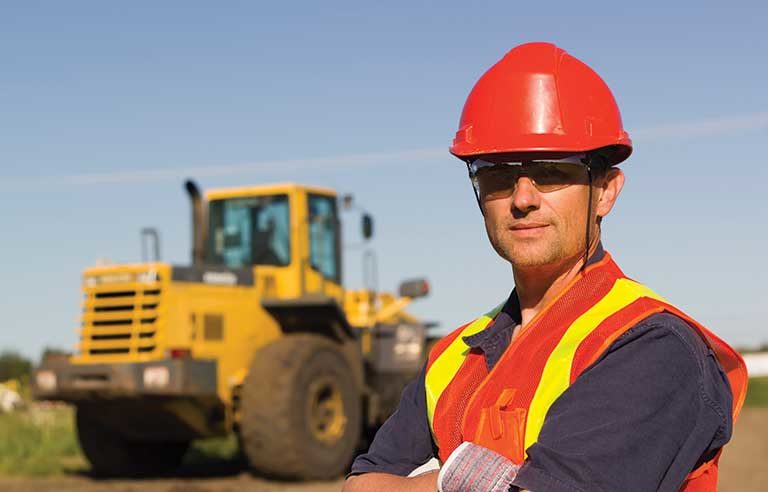Education key to helping outdoor workers improve sun protection habits: study

Philadelphia — Knowledge is power when it comes to outdoor workers protecting themselves from skin cancer, new research from the American Association for Cancer Research suggests.
National Cancer Institute data shows the rates of melanoma – the most serious form of skin cancer – have been on the rise for decades. In a study published in 2014, 70 percent of heavy machinery operators (who mostly worked outside between 10 a.m. and 3 p.m.) reported rarely or never using sunscreen. Additionally, 81.4 percent said they had at least one sunburn in the past year, increasing their risk of melanoma.
In a follow-up study to determine what interventions would best promote sunscreen use and decrease sunburns among outdoor workers, AACR researchers recruited 357 heavy machine operators in Michigan in the winter of 2012 and spring of 2013. Participants were given baseline surveys and randomly placed into four intervention groups for the summer: education only; education and sunscreen; education and text message reminders; or education, sunscreen and text messages.
Educational sessions were 30-minute presentations during annual safety trainings that covered the prevalence of skin cancer among outdoor workers, skin cancer risk factors, types of skin cancer and ways to prevent sunburn.
Overall, the percentage of participants who said they never wore sunscreen dropped to 21.8 from 38.1 in a fall follow-up survey. Respondents who said they suffered sunburns at least four times per summer decreased to 5.8 percent from 18.6 percent.
“Our most important finding was that a simple educational intervention significantly decreased the number of sunburns in operational engineers,” Sonia Duffy, lead author, researcher and professor at Ohio State University, said in a June 28 press release. “Text messages and mailed sunscreen further improved outcomes, but education had the largest effect. I think there’s a lack of knowledge about the risks of UV exposure in this population, and it was inspiring to see how a small effort resulted in a sizable health behavioral change.”
The study was published June 28 in the journal Cancer Epidemiology, Biomarkers and Prevention.
Post a comment to this article
Safety+Health welcomes comments that promote respectful dialogue. Please stay on topic. Comments that contain personal attacks, profanity or abusive language – or those aggressively promoting products or services – will be removed. We reserve the right to determine which comments violate our comment policy. (Anonymous comments are welcome; merely skip the “name” field in the comment box. An email address is required but will not be included with your comment.)

